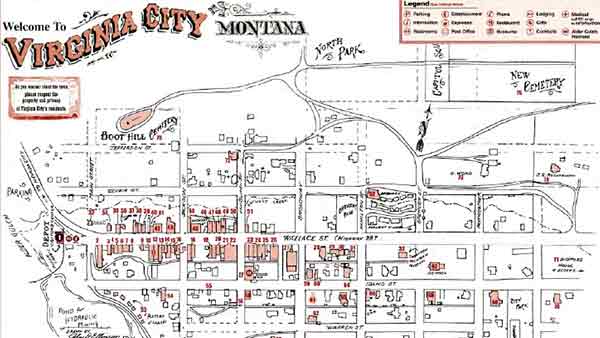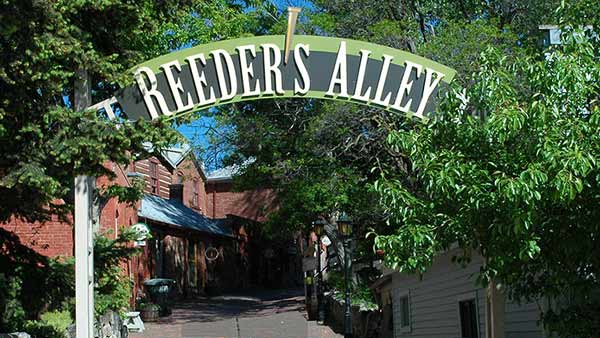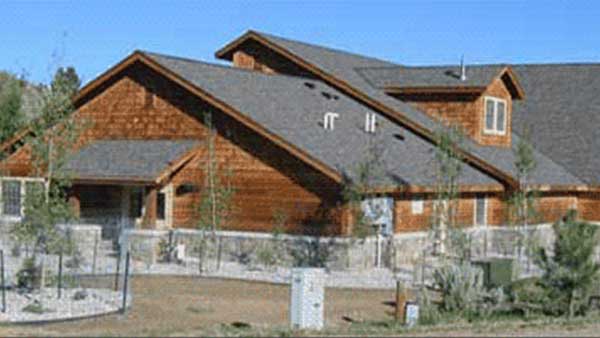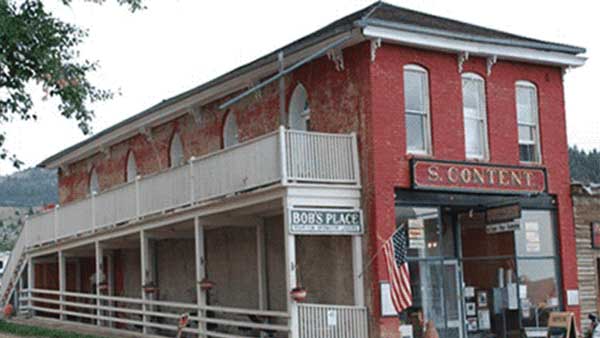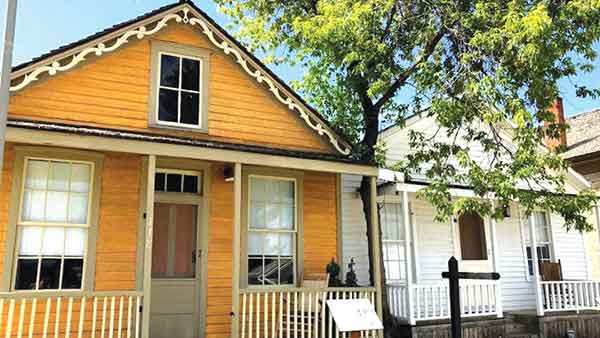Montana Heritage Commission

On April 23, 1997, the Montana legislature passed House Bills 5 and 14 authorizing the purchase of the Bovey Restoration properties in Virginia City and Nevada City for $6.5 million ($5 million for the artifacts and $1.5 million for the buildings and land). The purchase was accomplished on May 16, 1997, and includes approximately half the historic structures in Virginia City (one-quarter or fewer of all the buildings in the town) and all of the historic community of Nevada City, plus buildings moved in or constructed at both sites by Charlie and Sue Bovey.
In doing so, the legislature also created the Montana Heritage Commission to manage these properties in a manner that protects them and encourages economic independence. The commission consists of 14 members: nine appointed by the governor, one appointed by the president of the senate, one appointed by the speaker of the house and the remaining members broadly representing the state. The commission's role includes ensuring that:
- Treatment of all historic buildings meets the Secretary of the Interior's standards for historic preservation.
- Treatment of all artifacts meets treatment and curation standards established by the American Association of Museums.
- Interpretation is conducted according to standards established by the National Association for Interpretation.
Currently, properties in Virginia City, Nevada City and Reeder's Alley in Helena are managed by the commission. Besides lots in the town of Virginia City, the state owns approximately 10 acres in the Nevada City town site and approximately 90 acres of mining claims between the two sites. The commission also owns most of the artifacts acquired from Bovey Restorations and any artifacts acquired since 1997. Interpreting these valuable historic resources can offer the public insights into the local and regional consequences of the 1860s gold rushes. The commission endeavors to tell the story of "the nation's best-preserved example of gold rush era architecture and history" and to reflect the changes and continuum of Montana's heritage.
The commission can point to brick and mortar work as tangible accomplishments. Work has begun on the highest-priority stabilization needs for buildings in both communities, based on a professional analysis of those needs. The commission has overseen repair work on 78 of the buildings it manages, and a number of sewer and water lines have been repaired. A $1.1 million curatorial center has been built, and the process of inventorying and accessioning artifacts has begun.
Since 1997, the commission has administered Virginia City and Nevada City as public attractions for visitors, following the practices already established by Bovey Restorations. Several interpretive brochures keyed to historic buildings in Virginia City and Nevada City have been printed and distributed. A visitor center has been established in the Virginia City railroad depot, and a new entrance has been established at Nevada City. A restored steam locomotive is on display, and a small gasoline-powered locomotive carries visitors on a regular schedule between Virginia City and Nevada City during the summer season. The commission oversees numerous concessions, including hotels in Virginia City and Nevada City, restaurants, two theaters and multiple businesses. A 13-minute orientation video has been produced.
The commission staff consists of an operations director, curators of history and of collections, a historic preservation and maintenance team, office personnel and other seasonal staff. The commission is a partner with the town of Virginia City, the Virginia City Preservation Alliance and the Virginia City Chamber of Commerce.
The Montana Heritage Commission takes pride in managing some of the most valuable and fascinating historic sites in Montana — Virginia City and Nevada City, plus Reeder's Alley and the Pioneer Cabin in Helena.
Virginia City and Nevada City
In 1997, the Montana legislature purchased Virginia City and Nevada City from the Bovey family. These historic 1860s gold mining towns tell the remarkable stories of growth in this part of the Rocky Mountains, from an ordinary, unpopulated mountain pass, to booming Alder Gulch. The 14-mile stretch of this gold-rich mountain stream was once home to the largest population between Minneapolis and San Francisco and is considered one of the richest places. Though the boom of the late 1800s was short-lived, Alder Gulch remains active today with 150 year-round residents who vow to keep this place authentic but alive.
Concentrated preservation efforts are underway, and many events take place each season to tell the great stories of discovery, good and evil and the building of society. Visitors still enjoy experiencing the past here with living history weekends, stagecoach rides, our refurbished 1910 Baldwin steam locomotive, two live theaters, ghost walk tours, tours on a 1941 fire engine, unique shops, fine restaurants and old-time saloons.
Reeder's Alley
Reeder's Alley in Helena was built between 1872 and 1884 by Lewis Reeder, a mason from Pennsylvania. The 30, one-room apartments that make up this quaint brick village are nestled against the slope of Mt. Helena and comprise the town's most complete remaining block of this era. Today, Reeder's Alley is home to a number of offices, the Stonehouse building and the Helena offices of the Montana Heritage Commission. Stop by when you're in town and say hello.
The Pioneer Cabin
The Pioneer Cabin in Helena was built when Wilson Butts, a veteran of the California gold rush, arrived at Last Chance with the first wave of miners in the summer of 1864. Wilson traveled to Montana from Missouri and arrived at Bannack on July 10, 1863. He was in a good position to join the rush to Last Chance when gold was discovered the following summer on July 14, 1864. His timely arrival is evident in the excellent location of his claim along the banks of Last Chance Stream, which once flowed directly past the cabin he built. The small but serviceable one-room of hewn and un-hewn logs, chinked to keep out impending winter cold, is the back room of the present Pioneer Cabin. It is the oldest documented dwelling in Helena, and the only documented miner's cabin built during the first months after the Last Chance discovery.
Guiding Principles
As the commission, we believe:
- In saving history through education and the preservation of buildings and collections.
- That by working together with organizations who share our mission and with membership and friends groups, we can better preserve important parts of Montana’s past.
- That through education and interpretation, augmented by hands-on experiences, visitors can learn the value of preserving their heritage and bring the past alive.
- That heritage resources and private enterprise complement each other.
- That development shall take into account the historic nature of the communities.
- That commission properties shall continue to be a living and authentic historic experience.
- That sustainable funding is critical to the success of the commission’s mission.
- That commission properties are precious public assets, and the public shares responsibility for supporting them.
- That the decision to include additional heritage properties under the umbrella of our commission must be based on sound economic analysis, addressing the ability of the commission to fiscally manage the responsibility.
Policies
Montana Department of Commerce
301 S Park Ave, Helena, MT 59620
Contact Us | 406-841-2700
Montana Relay 711
If you experience difficulty accessing resources or content on this site, please contact us using the phone number or address above.
